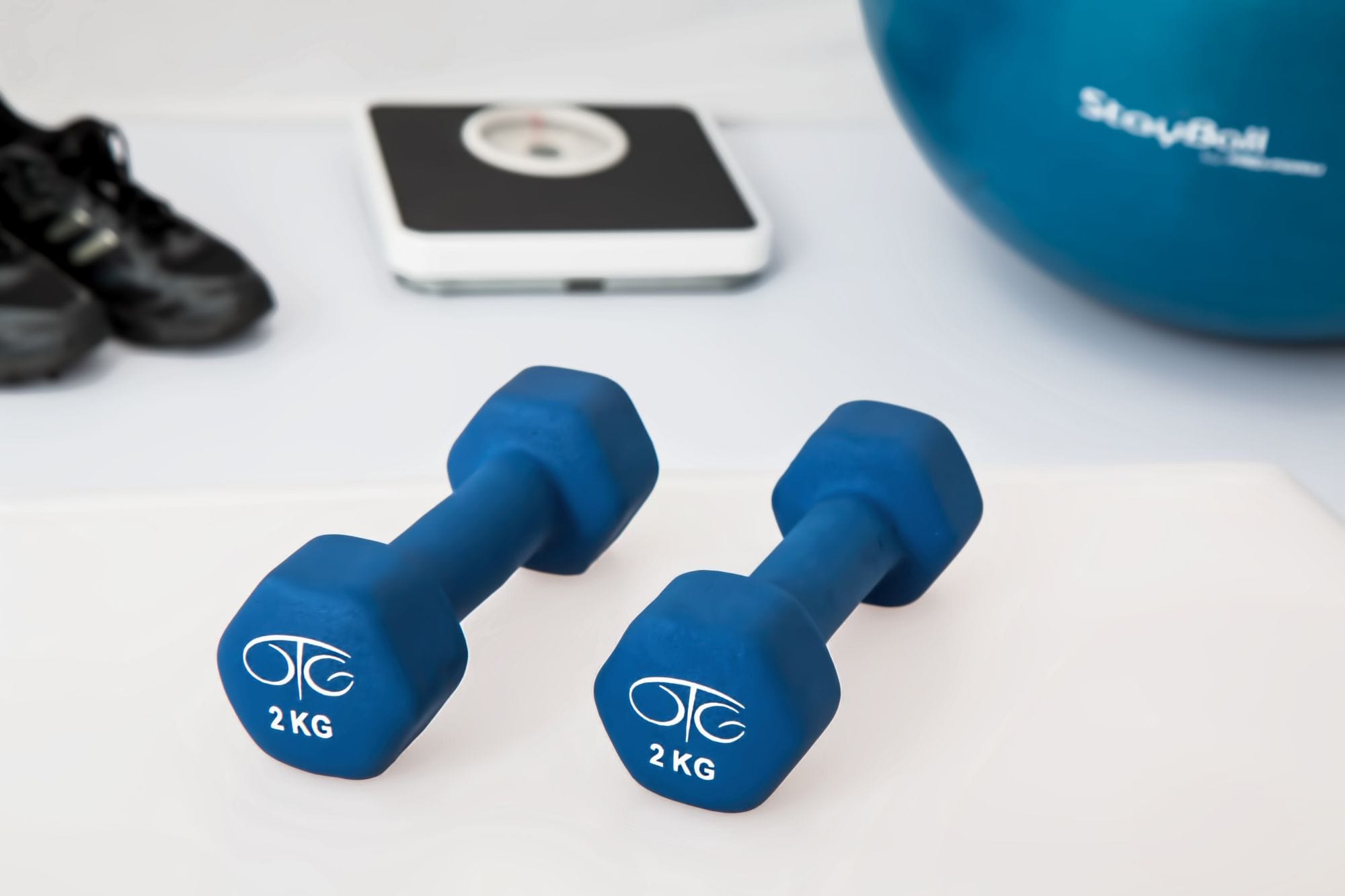The end of 2019 is quickly approaching, and we’re about to ring in a brand-new decade!
Of course, this is the time where we can start anew, setting resolutions for ourselves to help get on the right path during the upcoming year.
But how often have you set a New Year’s resolution and had it fall apart before Valentine’s Day?
Don’t worry, it happens to the best of us – but there is a secret to setting sustainable resolutions that can help see you through to the end of the year!
The secret is to think smart by setting SMART goals!

What Are SMART Goals?
SMART is an acronym that stands for Specific, Measurable, Attainable, Relevant, and Time-Based.
This educational tool helps people set goals that they can actually accomplish – because the problem with many of our New Year’s resolutions is that they are too vague.
For example, one of the most common resolutions you hear this time of year is “I want to lose weight.”
This is an admirable goal and one that shows that you want to take control of your health, but how much weight do you want to lose? How will you accomplish this weight loss? And most importantly, how do you know when you’ve achieved this goal?
The SMART acronym helps you define these small details that can make or break your New Year’s resolution.
Element #1: Specific
New Year’s resolutions can be very vague. “I want to lose weight” or “I want to exercise more” are great goals – but how will you get there?
Being specific when you’re setting your goal can help. Ask yourself what you want to accomplish and what actions you could take to get there.
For the “I want to lose weight” example, we can make it more specific by including how much weight you want to lose for this year, and how you plan on losing that weight.
“I want to lose 20 pounds this year by exercising for 30 minutes each day” turns this resolution into a SMARTer goal. You know how much weight you want to lose and how you want to get there, and accomplishing this task can seem a lot less daunting.
Element #2: Measurable
Measurability often goes hand in hand with being specific. Saying that you want to lose weight is great, but how will you know when you reach that goal?
When setting your resolution, also think about what metrics you will use to keep track of your goal’s progress throughout the year. How will you know when you’ve accomplished your goal?
Will you track pounds lost? Number of days you exercise per week? Money spent on restaurants?
For our weight loss example, saying that you want to lose 20 pounds during the year sets a measurable metric for you to know when you’ve met your goal.

Element #3: Attainable
You don’t want to set a goal for yourself that’s impossible for you to achieve – that’s the opposite of what goal-setting is supposed to do!
You want to ensure that your goal is attainable. Saying that you want to lose 20 pounds, or around 1.5 pounds per month, is very possible. But saying that you want to lose 150 pounds, or around 12.5 pounds per month, can be very difficult.
When you set your resolution, think about whether or not your goal is doable and if you have the skills and resources to accomplish it. If not, rethink it!
Element #4: Relevant
When setting your resolution, you want to make sure that whatever you want to accomplish fits into your broader goals. Think about your resolution, and ask yourself why the result is important to you.
If you want to live a healthier lifestyle, goals like losing weight, eating healthier, and exercising more fit right into the larger picture!
But if your resolution is to try and get your money’s worth at every buffet in your city, it might not be relevant to your broader goals… and you might want to rethink it.
Element #5: Time-Bound
The last element of a SMART goal is it has to be time-bound. In what timeframe do you want to accomplish your goal?
New Year’s resolution are by nature time-based. You want to accomplish something during the year, and you can set your deadline to the next New Year’s.
But you don’t always have to! If you want to lose 10 pounds by June and the rest by January, you can use the time-based criteria to hold yourself accountable.
By setting SMARTer goals for New Year’s, you have a greater chance of accomplishing your resolution – whether it be to lose weight, exercise more, cut down on eating out, or managing your money better.
Start the New Year off on the right foot with a more sustainable goal in mind. You can see awesome changes in the future!





